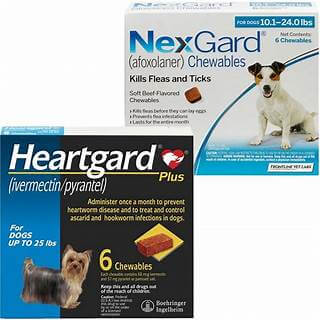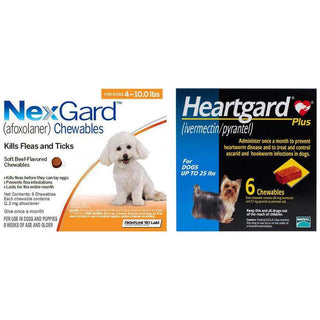
Water, the most crucial nutrient for survival, is vital for your dog's life. Ensuring your dog drinks enough water is the key to keeping them hydrated and healthy.
As a knowledgeable dog owner, you can actively monitor how much water your Dog needs daily. Here's a method to help you with that. But first, let's explore some common reasons why your Dog might be drinking less than they should.
How Much Water Do Dogs Need Each Day?
The general guideline is that a dog should drink about 1 ounce (30 milliliters) of water per pound of dog weight each day. For example, a 10-pound dog would need approximately 10 ounces (Dog milliliters) of water daily. However, this amount can vary based on the dog's age, activity level, diet, and environmental conditions. Always ensure fresh, clean water is always available to your dog.
How To Determine If Your Dog Is Properly Hydrated
To check if your dog is well-hydrated, look for these signs:
- Bright, clear eyes
- Moist gums
If your dog's eyes appear sunken or their gums feel sticky, it may be a sign of dehydration.
Why Is Your Dog Not Drinking Enough Water?
Most dogs drink enough water to stay hydrated. However, if your dog isn't drinking enough, here are six possible reasons:
Limited Access to Water
Your dog should always have access to fresh water in a clean bowl. Consider the water quality, bowl placement, and the number of bowls available.
- Dirty or debris-filled water can discourage drinking.
- Some dogs prefer water bowls in specific locations or at different heights.
- Resource guarding by other pets can limit access. Place additional water bowls around your home.
- Noisy or high-traffic areas can make some dogs uncomfortable. Avoid placing the water bowl in such locations.
Change in Water Source
Dogs may be sensitive to variations in their water source.
- A dog used to tap water may find well water unappealing after a move.
- Switching bottled or distilled water to tap water can also reduce their intake.
Gradually mix the old and new water types to help your dog adjust.
Type of Food
The food your dog eats affects their hydration.
- Dry kibble requires more water consumption.
- Wet or canned food provides more moisture, so your dog may drink less.
Monitor water intake if your dog is on a kibble-only diet to ensure they drink enough.
Oral Disease
Health issues can affect your dog's ability to drink water.
- Infected or broken teeth and mouth tumors can make drinking painful. Bad breath can indicate oral issues.
- Jaw fractures or dislocations can physically prevent drinking.
Consult a veterinarian if you suspect these conditions.
Nausea
Certain diseases can cause nausea, leading to reduced water intake.
- Kidney disease can cause increased thirst initially but may lead to nausea and reduced drinking as it progresses.
- Gastrointestinal diseases like pancreatitis and gastroenteritis can also cause nausea.
If decreased thirst is accompanied by reduced appetite, vomiting, or diarrhea, seek veterinary care promptly.
Neurologic Disease
Neurologic diseases, though rare, can impact thirst.
- Rabies can cause affected animals to refuse water. Rabies is preventable with vaccination.
- Hypothalamic disorders can affect drinking behavior.
If your dog stops drinking and shows unusual behavior or changes in movement, get veterinary help immediately.
Water is essential for all living creatures. Ensure your dog’s bowl is cleaned and refilled daily with fresh water. Contact your veterinarian if you notice significant changes in your dog's drinking habits.






